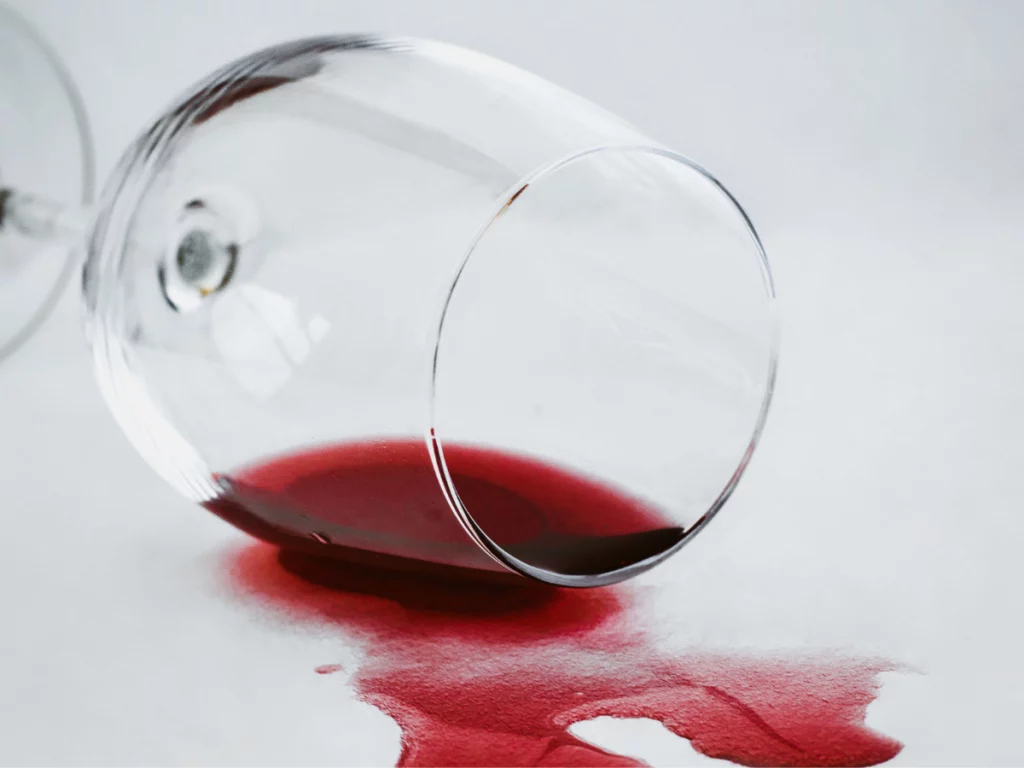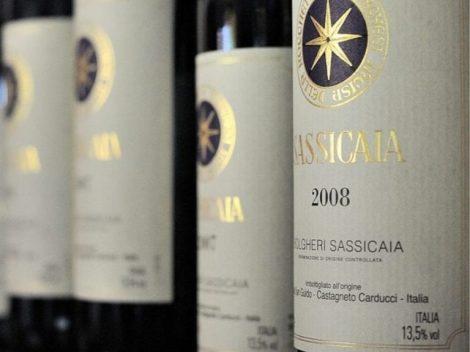From boom to decline, and a reversal, as Dubai and Taiwan establish themselves as new hubs for premium Bordeaux wines, China has experienced a decline in wine import volumes in recent years. According to Dan Siebers, co-partner at Wajiu China, in an interview with Vino Joy, the downturn stems from an entrepreneurial spirit that once fueled market growth but also contributed to its volatility.
“Many wineries are puzzled that they export more wine to countries like Korea and Vietnam despite China's larger, more mature market. They often blame importers, but the reality is much more complex,” Siebers explains. He identifies a cultural phenomenon he dubs “compulsive entrepreneurship.” This trait has deeply impacted the wine industry, creating both opportunities and market instability.

The rise and growth of the Chinese Wine Market
In the early stages of the Chinese wine market, from the late 1990s to the early 2010s, imported wines were largely reserved for five-star hotels in major cities like Shanghai and Beijing and were mostly consumed by Western clientele. Chinese consumers primarily drank low-quality, inexpensive Bordeaux wines more as a status symbol than for their taste. “It was more about purchasing a trendy Western product than genuinely enjoying Western wine,” Siebers remarked.
After 2010, things began to shift. Standardized import regulations simplified wine imports. “At the same time, Chinese consumers started appreciating wine for its flavor, not just its status,” Vino Joy notes. During this period, for instance, Moscato d’Asti gained popularity, spearheading this evolution.
“This sweet and sparkling wine appealed to Chinese palates, marking a transition from status-driven consumption to conscious enjoyment,” Siebers observed.

Expansion and the speculative bubble
The rapid expansion of the Chinese wine market attracted entrepreneurs who viewed wine as a quick-profit scheme. “Import statistics rose, but they didn’t accurately reflect actual consumption,” Vino Joy reported.
The Bordeaux en primeur boom of the early 2010s and the broader surge in wine imports, peaking in 2017, were driven more by speculation than genuine demand. “People imported wine not because they had buyers lined up or a distribution strategy but because they hoped to flip it for quick profit,” Siebers explained.
This speculative bubble eventually burst, and “as the market settled, many speculative players exited, leaving behind a surplus of unsold wine.”

The current situation
The decline in Chinese wine imports is not, according to Siebers, the result of a sudden shift in consumer habits. “Much of what was imported wasn’t consumed, and much of it wasn’t worth consuming in the first place,” he noted. Therefore, the periods of declining consumption represent a return to normalcy following speculative highs.
Siebers remains optimistic about the future of the Chinese wine market. “I believe that as Chinese consumers continue refining their palates, the market will stabilize, driven by genuine demand rather than speculation.”
However, he emphasizes the critical need for better data and transparency. Currently, the only available data comes from import statistics, which do not reflect actual consumption. “While import statistics show a boom up to 2017 followed by a collapse, actual consumption reveals a consistent upward trend,” Vino Joy concluded.


 In Turkey, the Michelin Guide Awards also recognize an Italian restaurant—but not with a Star
In Turkey, the Michelin Guide Awards also recognize an Italian restaurant—but not with a Star An interesting Japanese fine dining restaurant near Turin
An interesting Japanese fine dining restaurant near Turin There’s nothing better than a dinner based on cheese: here are the wines to pair (not just reds)
There’s nothing better than a dinner based on cheese: here are the wines to pair (not just reds) The 10 best Trebbiano d’Abruzzo wines selected by Gambero Rosso (with a new Tre Bicchieri)
The 10 best Trebbiano d’Abruzzo wines selected by Gambero Rosso (with a new Tre Bicchieri) Does organic wine still appeal to consumers? France questions the sector’s future
Does organic wine still appeal to consumers? France questions the sector’s future








